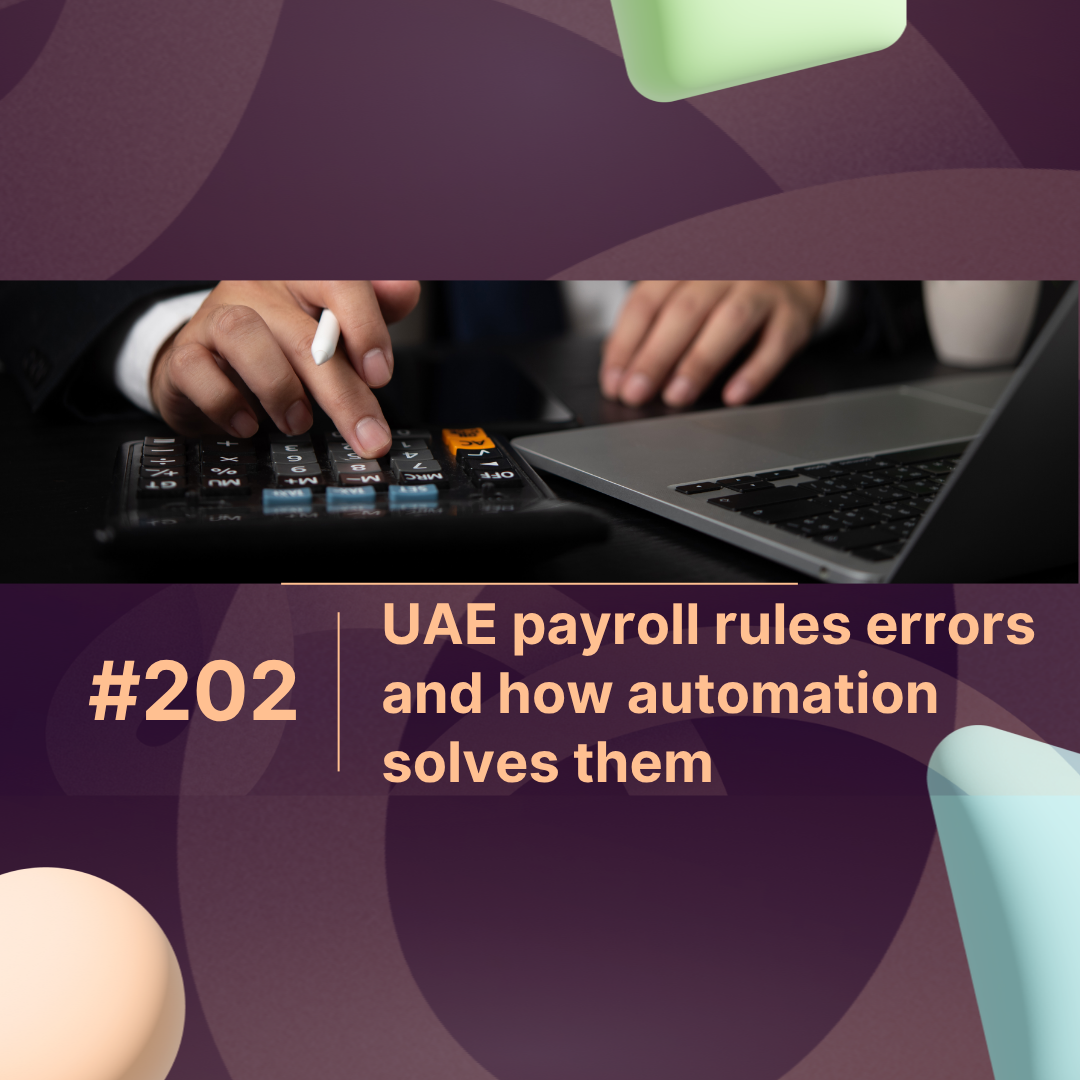Overview
Payroll accuracy is the backbone of employee trust and financial stability. Yet, according to a 2025 HR Study by Gartner, one in three businesses experiences payroll errors every quarter, leading to compliance risks, tax penalties, and lower employee morale.
If you’ve ever dealt with paycheck discrepancies or last-minute corrections, it’s likely your processes not your people are to blame. Let’s uncover the seven most common payroll mistakes that silently drain your time, money, and credibility and how to fix them for good.
What Is Payroll Accuracy and Why Does It Matter?
Payroll accuracy refers to the precision and timeliness with which an organization calculates and distributes employee pay, benefits, and deductions. Even a small misstep—like incorrect overtime calculations or missing tax updatescan snowball into compliance issues and unhappy employees.
In simple terms: payroll accuracy is about paying the right person the right amount at the right time.
Modern HR platforms such as MaxHR are helping companies automate this entire process, minimizing manual errors while staying compliant with ever-changing labor laws.
The Cost of Poor Payroll Accuracy
Payroll errors don’t just cause inconvenience—they cost money and trust. Below is a quick breakdown showing the tangible impact of poor payroll accuracy:
| Metric | Impact of Payroll Errors | Companies Using Payroll Software |
|---|---|---|
| Average monthly error rate | 3.5% | 0.8% |
| Average correction cost per employee | $290 | $45 |
| Employee satisfaction impact | -27% | +18% |
| Compliance penalties (avg/year) | $9,500 | $1,200 |
Source: HR Compliance Index 2025, Payroll Accuracy Study (Gartner)
Clearly, the ROI of improved payroll accuracy isn’t theoretical—it’s measurable.
1. Manual Data Entry Errors
Still relying on spreadsheets? You’re inviting risk. Manual data entry is the single biggest cause of payroll inaccuracies. Typos, outdated formulas, and inconsistent data formats can all lead to underpayment or overpayment.
Fix: Automate wherever possible. Cloud-based HR tools can sync attendance, leave, and overtime data automatically.
2. Misclassifying Employees
Independent contractors, part-timers, and full-time staff each fall under different tax and compliance categories. Misclassification can result in fines and back-pay penalties.
Fix: Regularly audit your workforce structure and keep documentation up-to-date in your HR system.
3. Ignoring Tax and Compliance Updates
Tax laws and social security regulations change often. Missing an update can lead to significant financial penalties.
Fix: Subscribe to automated compliance alerts or use payroll systems that update tax codes in real time.
4. Incorrect Time Tracking
If your time tracking system isn’t integrated with payroll, expect discrepancies. Unrecorded overtime or missed breaks can lead to calculation errors.
Fix: Implement digital time-tracking tools that sync directly with payroll to maintain consistent records.
5. Inconsistent Data Between HR and Finance Teams
Lack of coordination between HR and finance leads to duplicated data, missing benefits, and delayed reimbursements.
Fix: Adopt a unified platform where HR, accounting, and payroll teams share a single source of truth. Platforms like MaxHR provide real-time dashboards accessible to both departments.
6. Late Payroll Processing
When payroll is rushed, accuracy takes a back seat. Late processing often leads to missed payments and reduced employee satisfaction.
Fix: Standardize payroll timelines and automate repetitive tasks to free up your HR team’s bandwidth.
7. Not Conducting Regular Payroll Audits
Without periodic audits, small discrepancies accumulate into big problems. Regular payroll audits help you catch data mismatches, unauthorized payments, and compliance gaps before they escalate.
Fix: Conduct quarterly payroll reviews and use automated reports to flag anomalies.
The Business Case for Payroll Accuracy
Companies that prioritize payroll accuracy not only avoid penalties but also gain trust and retention benefits.
According to the 2025 Workforce Analytics Report, firms maintaining over 98% payroll accuracy experience 22% higher employee retention rates. Moreover, automation reduces payroll cycle time by 35%, saving valuable HR hours.
Long-Term Payoff: Why Payroll Accuracy Drives Growth
Think of payroll accuracy as more than compliance—it’s a strategic advantage.
When your payroll is accurate:
-
Employees trust leadership more.
-
Financial forecasting improves.
-
Your company reputation strengthens.
-
Audits and legal risks drop dramatically.
Organizations using AI-powered HR platforms like MaxHR report smoother audits, fewer tax corrections, and a noticeable boost in operational efficiency—all without additional headcount.
Conclusion
Payroll accuracy isn’t achieved overnight but every small improvement compounds over time. By automating workflows, staying updated with regulations, and conducting regular audits, your business can move from chaos to consistency.
payroll accuracy saves money, time, and trust—three resources no business can afford to lose.
FAQs About Payroll Accuracy
1. What causes most payroll errors?
Manual data entry, misclassification of employees, and failure to update tax codes are among the top causes of payroll inaccuracies.
2. How can I improve payroll accuracy quickly?
Start by automating time tracking and using integrated HR software that updates compliance data automatically.
3. Is payroll accuracy important for small businesses?
Absolutely. Even small miscalculations can lead to cash flow issues or compliance penalties for small firms.
4. How often should payroll audits be conducted?
Quarterly audits are ideal to catch recurring errors and keep your payroll system healthy.
5. What tools help improve payroll accuracy?
Cloud-based systems like MaxHR, Gusto, and ADP simplify payroll processes by automating data entry, tax calculations, and reporting.



